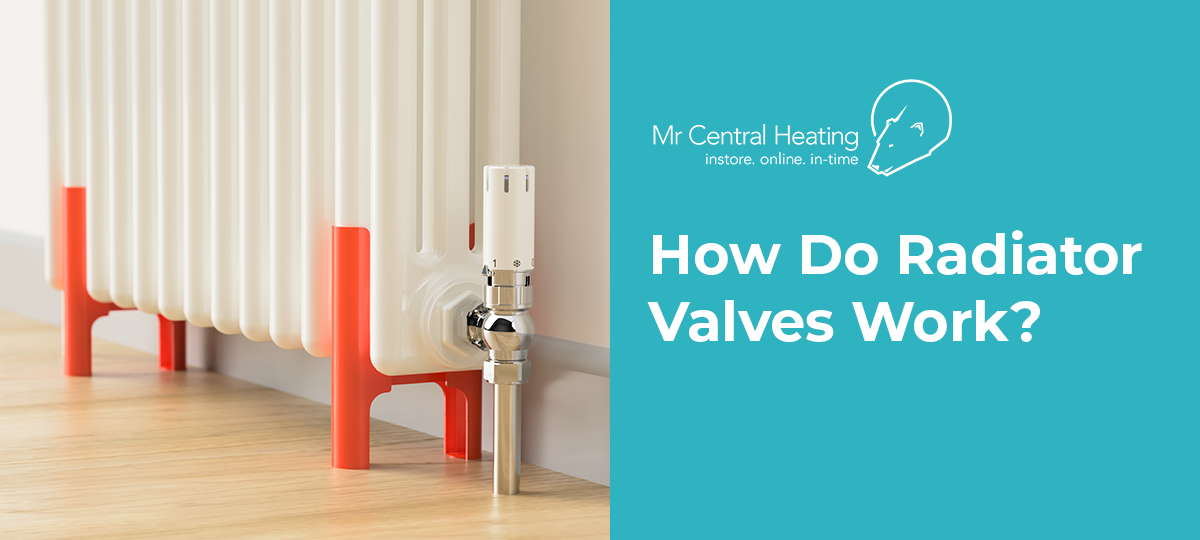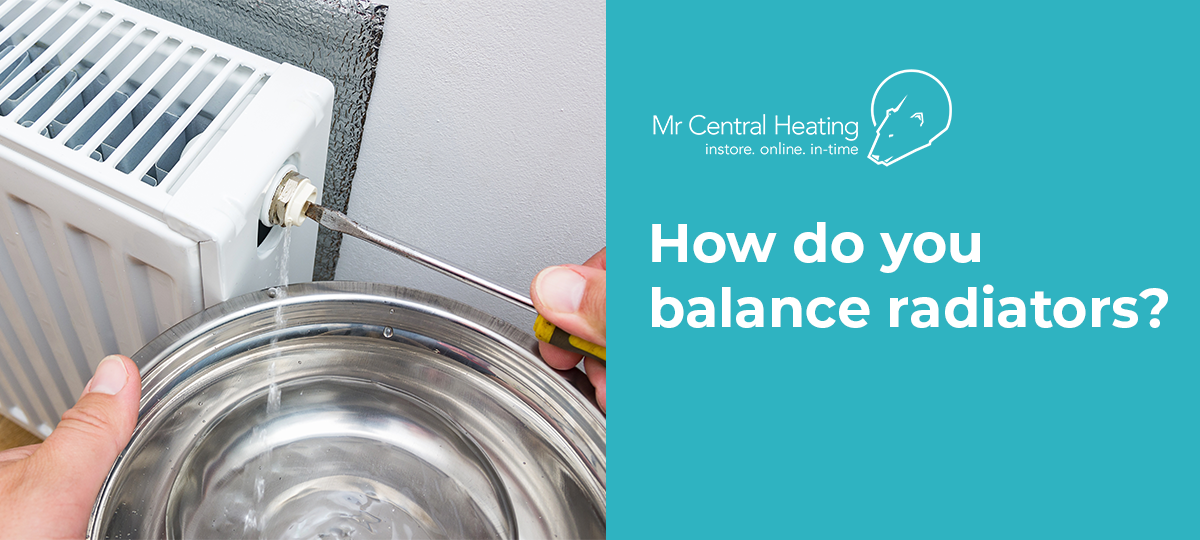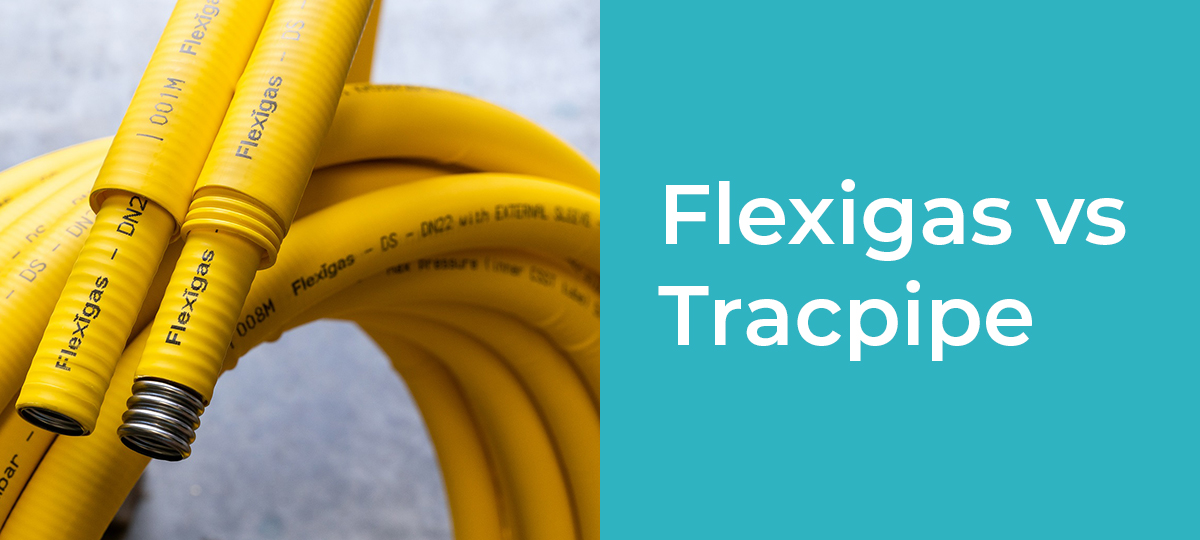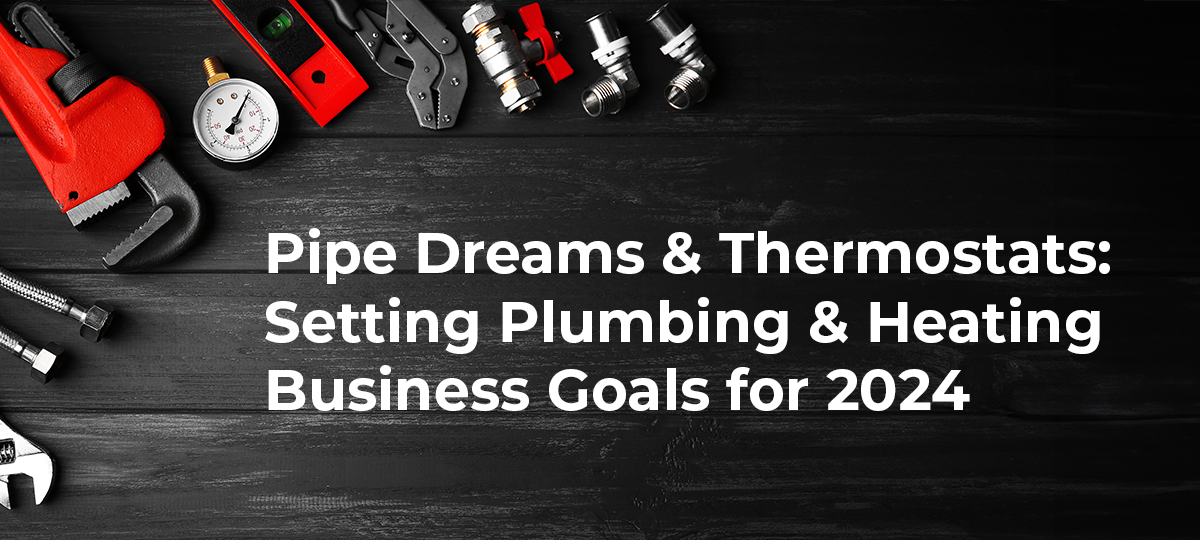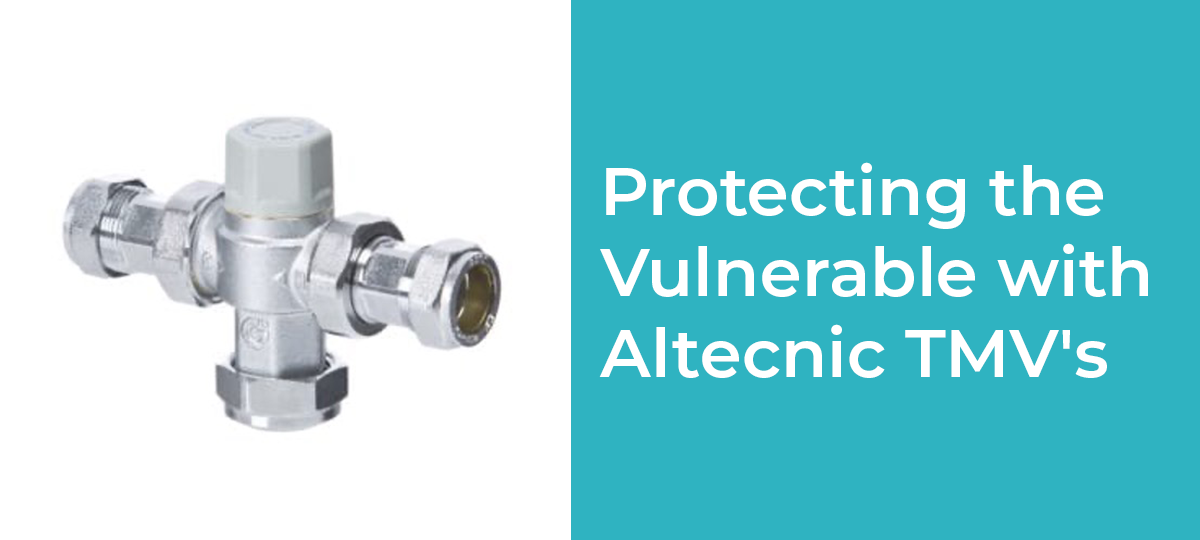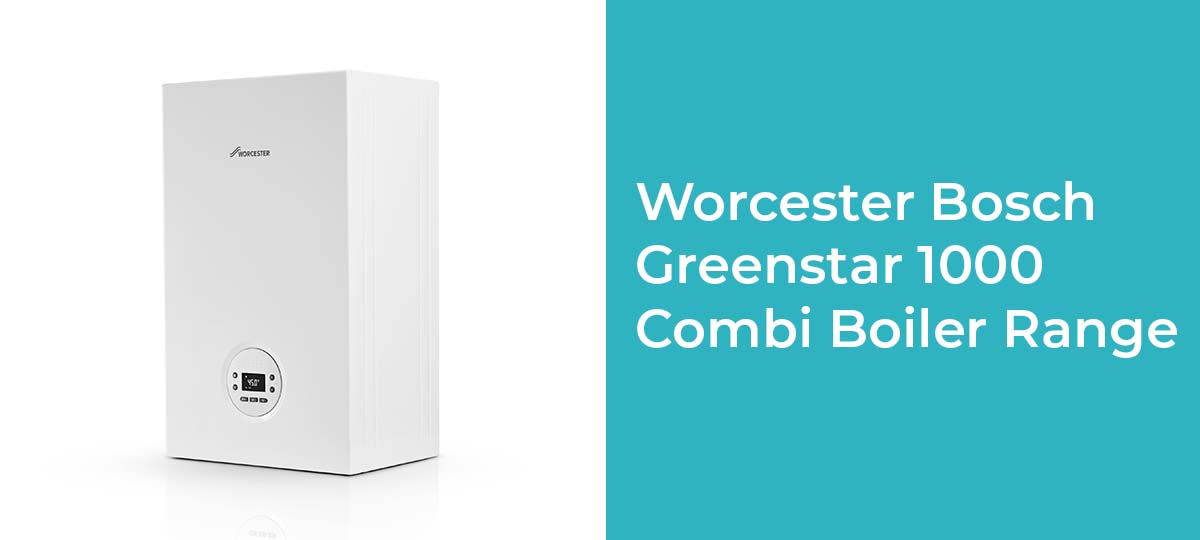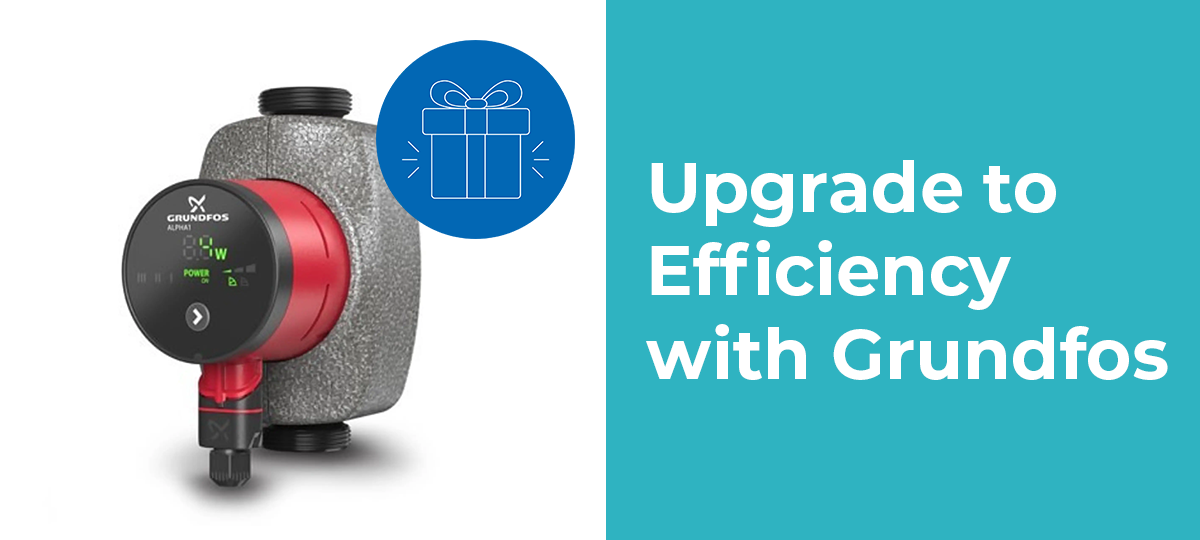How Do Radiator Valves Work and the Types of Valves Available
The valves on the radiator are devices that we tend to ignore when the radiator is working correctly. However, the radiator valve is an essential and integral part of the radiator and the central heating system. The main reasons why a person is interested in understanding what radiator valves are and what variations are available is normally due to either a fault with the central heating system, or because they are ordering new radiators and are trying to understand what they will need to buy.
In very simple terms the radiator valve helps control the amount of hot water that enters and leaves the radiator. By controlling this flow of water, the heat that the radiator can generate is controlled. There are other ways to control the overall heat in a central heating system (such as the thermostat) but the valves job is to control the radiator’s heat. Valves are located on the bottom of the radiator where the pipes come into and exit the radiator. These are normally situated at the bottom left and right of the radiator, but some radiators have valves that come into the centre of the radiator, again at the bottom.
There are a range of different valves that are available, these are typically known as thermostatic, manual and lockshield. In addition to this, these valves also come in a few different styles, depending on the access to the radiator and pipe. These different configurations include: angled, corner, straight, and h-block valves. When it comes to the UK market, one of the main radiator styles that are available is the ‘BOE’ known fully as the Bottom Opposite End connection. This simply means that the valves are fitted on the radiator at the opposite ends of the radiator, at the bottom. Water comes in one end and out the other. The first decision that needs to be made when buying or replacing the valve is what type of valve style that you need, whether that be an angled valve, straight valve or corner. This is dependant on where your valves and pipes are located, and visually this should be relatively straight forward to ascertain.
Straight Valves
Generally, you’d need a straight valve if your pipe run along the wall ‘straight’ into the radiator valve. On a towel rail this may mean straight up from the floor and into this type of radiator. So, it is important to understand if the radiator connection to the valve and the pipe follow a straight line, then you’ll need a straight valve.
Angled and Curved Valves
Alternatively, if the pipe needs to turn an angle to enter the radiator then you will likely need an angled valve. It is also worth noting that corner radiator valves are also available, but the rule of thumb applies here to, it is the connection angle between the pipe and the radiator that determines what style of valve is required.
H Block Valves
H Block valves as already mentioned are for radiators where the connections are in the centre of the radiator and need to be connected to a valve in a configuration that looks like the letter H. These are available in the UK but they are a little uncommon. In addition to these different types of valve connections there are different types of radiator valves available too, for each of these different angle types, whether that be straight, angled or curved. The name of these valve styles are manual, thermostatic and lock-shield valves.
Manual valves
AS the name suggests these valves need to be operated manually. The way to think about these valves is that they work just like a tap, in that to turn it up you turn the valve in one direction (anti-clockwise) and to turn it down or off, you turn it in the opposite direction (clockwise). These are the most basic types of valves and are easy to use. One of the downsides is of course that they operate manually, so have the issue that they do not always operate efficiently, energy wise. Purchase manual valves.
Thermostatic Radiator Valves
These valves are more sophisticated radiator valves and the way that these work is that they are set to a certain level, and once that level is reached, the valves automatically stops the flow of water into the radiator, helping to maintain the overall temperature desired. Thermostatic Radiator Valves are commonly referred to as TRVs. These valves are much more efficient when compared to manual valves and are recommended. Buy thermostatic Radiator Valves here.
Smart Radiator Valves
Radiator valves have remained fairly standard for many years, but recently new innovation and technology means that there is a new kid on the block, in the guise of the Smart Radiator Valve. These valves are used in smart heating systems which allow an individual to control the temperature via their phone or tablet. Smart Heating systems also all a user to micro-manage the temperature around the home, to not only an individual room level, but the system can also learn your living patterns and heat the home accordingly. These systems are becoming increasingly popular and we’re likely to be seeing much more of this type of device moving forward.
Lockshield Valves
The final type of valve that you will encounter is the lockshield valve. These valves control the amount of water that is allowed to exit the radiator. This particular valve’s job is to limit the water that is allowed to flow through the central heating system so that all the radiators are ‘balanced’. These valves need to be set up, but once the system has been set it is not normally necessary to adjust the lockshield valve again. A balanced central heating system is when all the radiators operate at the same temperature.
Due to the way a central heating system works, the water that flows around the system is hotter when it is closer to the boiler. This means that radiators that are closest to the radiator receive more hot water than those further away from the boiler in the pipework chain. Balancing the system evens this out so that the radiators further away work just as well as those closest to the boiler. Lockshield valves aren’t optional, these are a necessary item for the radiator. Each radiator will need either a manual, Smart, or Thermostatic valve and a Lockshield valve.
Pipe Sizes
Generally, in the UK on a normal central heating system the pipework will be 15mm in diameter. This is a very common size and more often than not the sized pipe that you will deal with and therefore the valves that you buy need to be able to connect to this size. Other sized pipework is out there, both thinner and thicker (up to 28mm) so it is worth quickly measuring the pipe before you make an order for new vales to ensure you have the right one for your own pipework.
Types of Design Available
Only a few years ago the radiator was a necessary device that most people ignored and was mostly only ever available in white. Today, the humble radiator has been transformed with a range of designs, colours and styles available to suit your home. Valves are no exception to this, since they are also now available in a range of styles and colours to suit the radiators they are attached to, so that the radiator and valves now because a statement piece in the home. The colour and style doesn’t really alter the performance of the radiator, so you are free to pick something you like and that will fit in nicely with your décor. View our range of radiator valves









